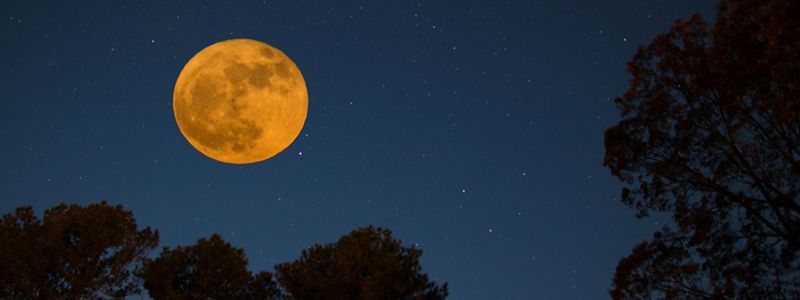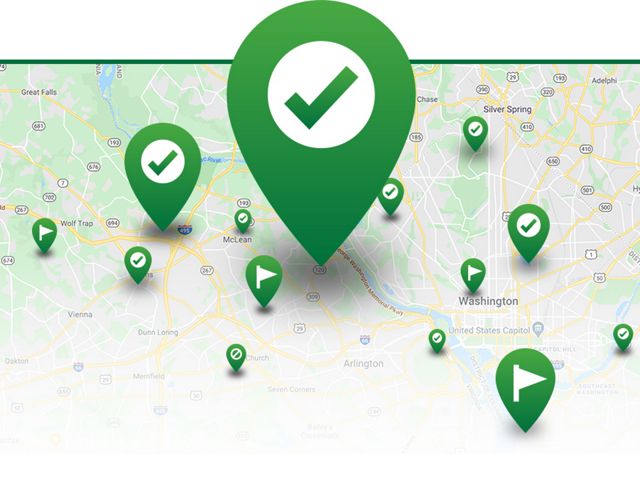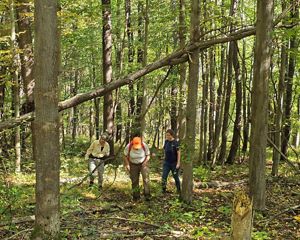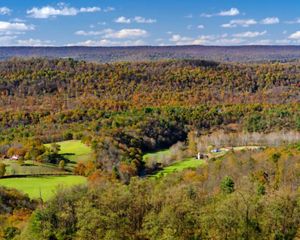Description
At Cranesville Swamp, the elements of wind, water, mountains and temperature have created a landscape that is both beautiful and rare.
In combination, these climactic elements have produced a natural occurrence known as a “frost pocket”—an area where the surrounding hills capture moisture and cold air that conspire to create a landscape more reminiscent of habitat found much further north in Canada.
As weather travels west-to-east across North America, the hills surrounding Cranesville Swamp channel precipitation and chilled air into the valley, which make the preserve one of the coolest and soggiest spots in West Virginia.
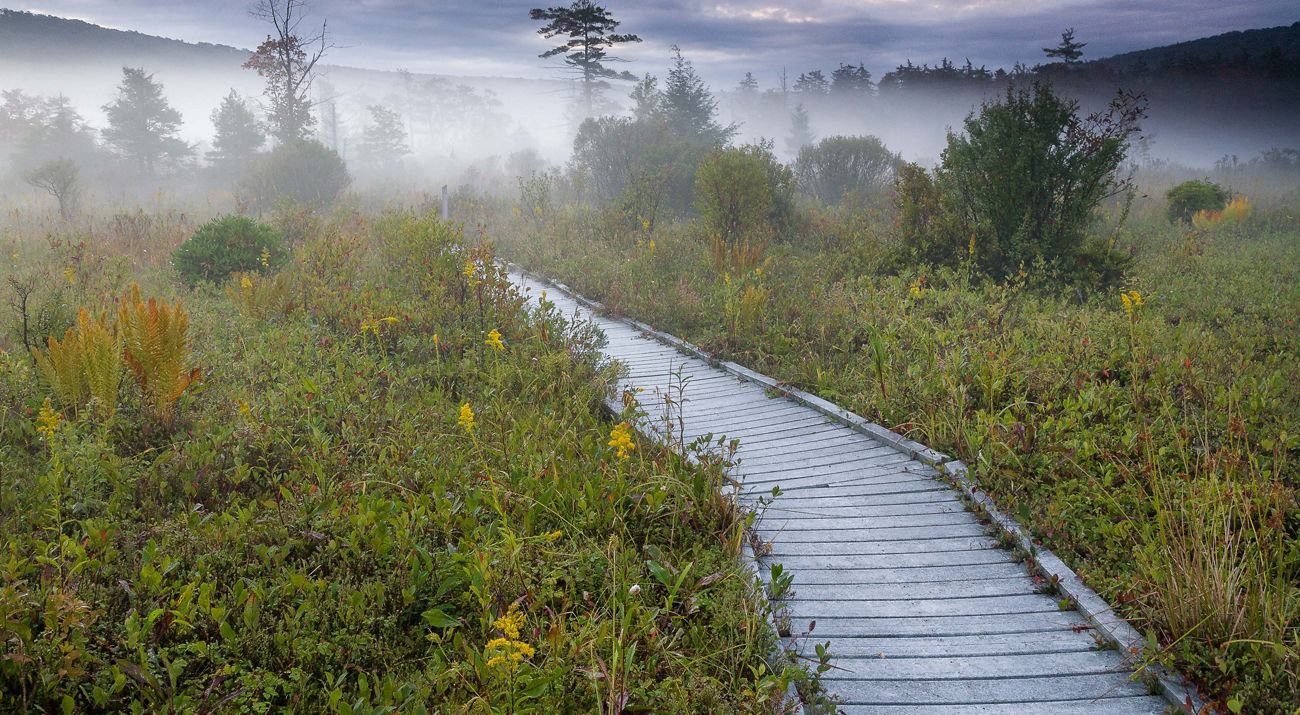
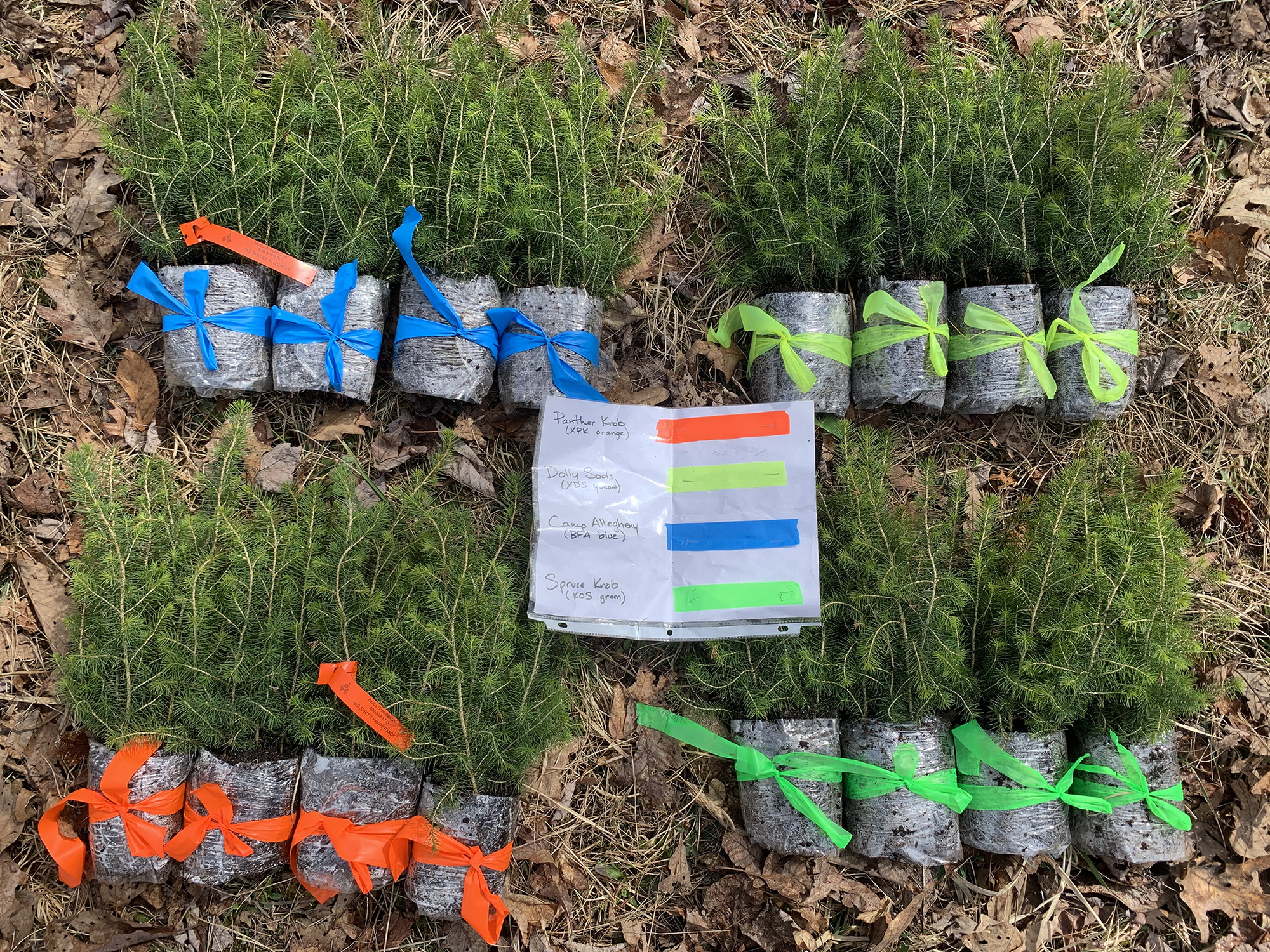
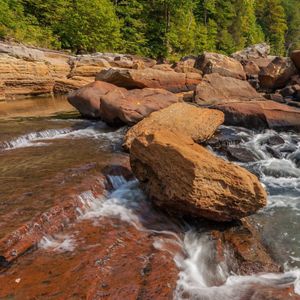
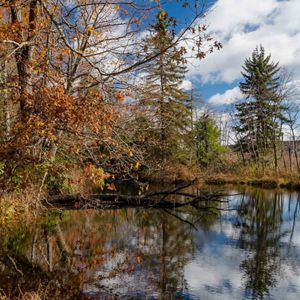
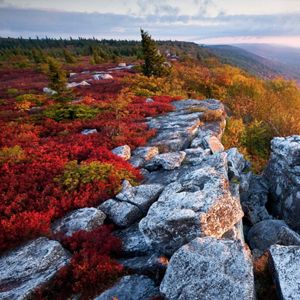
_Margaret_Donald-CC_2504x1565.jpg?crop=0%2C0%2C1565%2C1565&wid=300&hei=300&scl=5.216666666666667)
